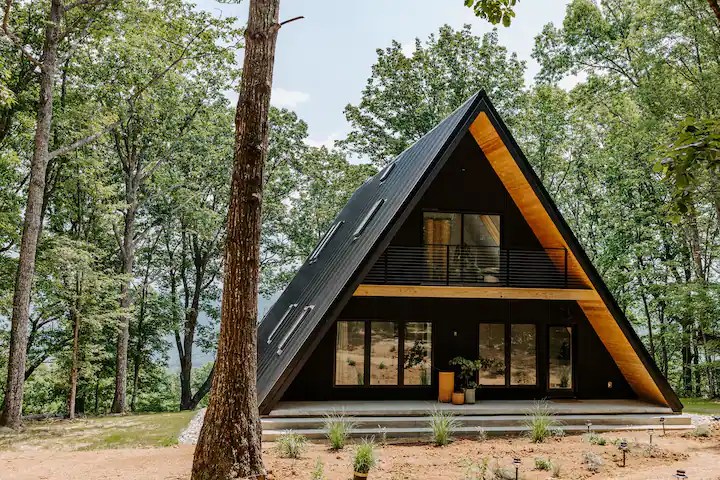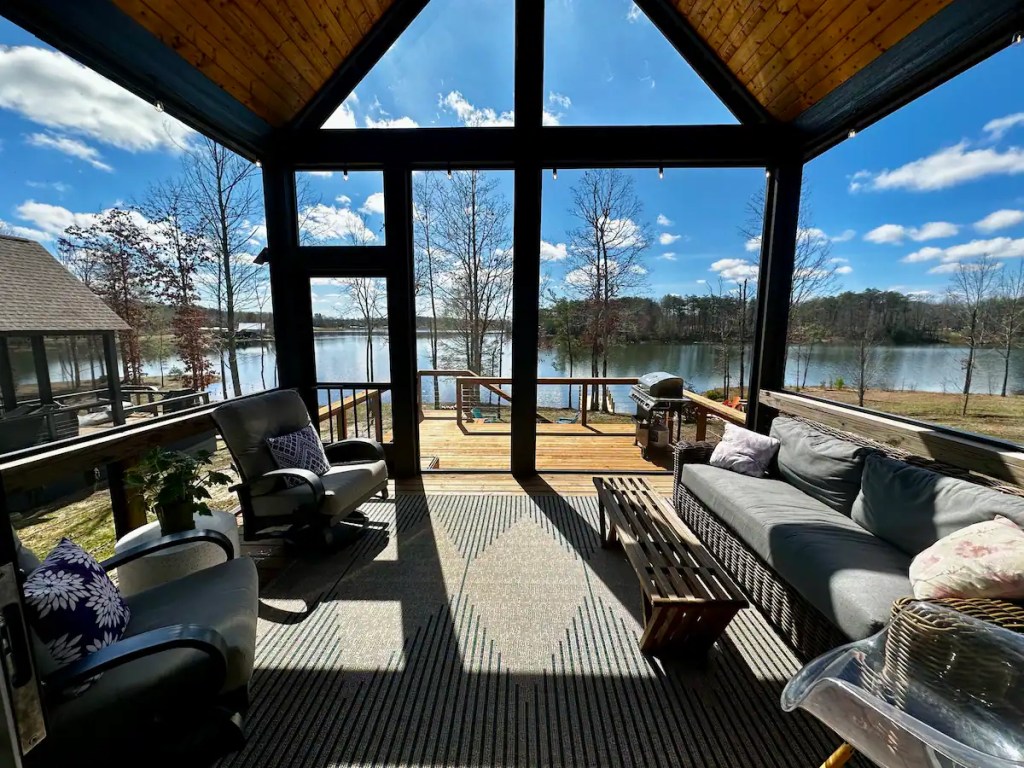Happy couples dream of the perfect wedding.
But the minutiae of planning a flawless ceremony pile up quickly—even for those working with a wedding planner or event organizer. That’s doubly true for those who decide to plan a destination wedding.
Destination weddings are popular because they take couples to exotic new lands for their special day. They blend the relaxing nature of a vacation with a meaningful celebration.
In other words, destination weddings are often amazing experiences—even if they’re tougher to plan. Each year, millions of couples around the world take off for their big day (or days, depending on wedding customs in your hometown).
Couples might be heading to a venue where their parents were wed, to a hometown where elders are located, to an all-inclusive resort with tons of amenities, or to a bigger city where they’ll welcome visiting guests.
The select few won’t be doing any of that for their big day.
Instead, they’ll jet-set off to one of the world’s most sought-after wedding venues.
Think you can name some of the most famous backdrops for saying I do? Let’s find out. (Hint: we’re going to Europe.)
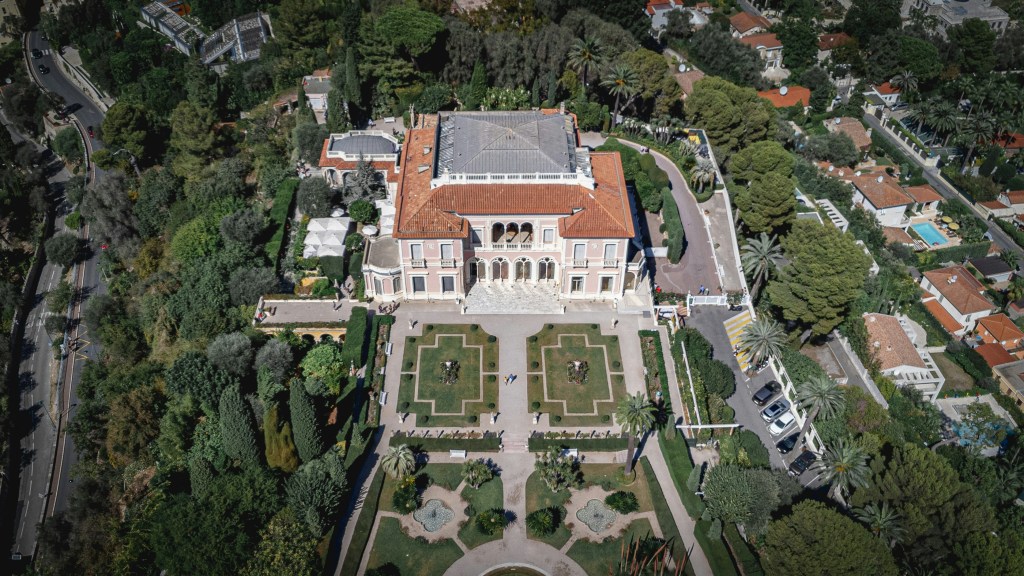
Rothschild Villa
Villefrance-sur-Mer, France
Nothing says lux like the French Riviera.
Welcome to the former abode of a former Baroness named Beatrice Ephrussi de Rothschild. The grounds, built in the early 1900s, include odes to Renaissance architecture from Italy, France, and Greece.
There are also Japanese Gardens, rooms filled with rococo art and accents, and plenty of antique furniture and porcelain.
In 1934, the villa was bequeathed to the French Academie des Beaux-Arts. Today, it remains open for guided tours, afternoon tea, and private weddings. Unsurprisingly, it’s one of the most expensive wedding venues in France.

Bled Castle
Lake Bled, Slovenia
You’ve probably seen Bled Castle before, whether in a TV show or on a tourism brochure.
It’s Slovenia’s stand-out destination that dates back to the 11th century. The castle sits atop a steep hill in front of a sprawling lake. In the backdrop are Slovenia’s alpine mountains. That view alone is worth getting married, in my opinion.
But the castle’s interior has been well-maintained. There’s a small museum, a gallery, a wine cellar, a coffeeshop, beehouse, and—most importantly—an absolutely breathtaking chapel. The walls are blush pink and the ceiling has a stunning and sprawling painting.
However, most weddings are hosted on the upper castle terrace for the views.
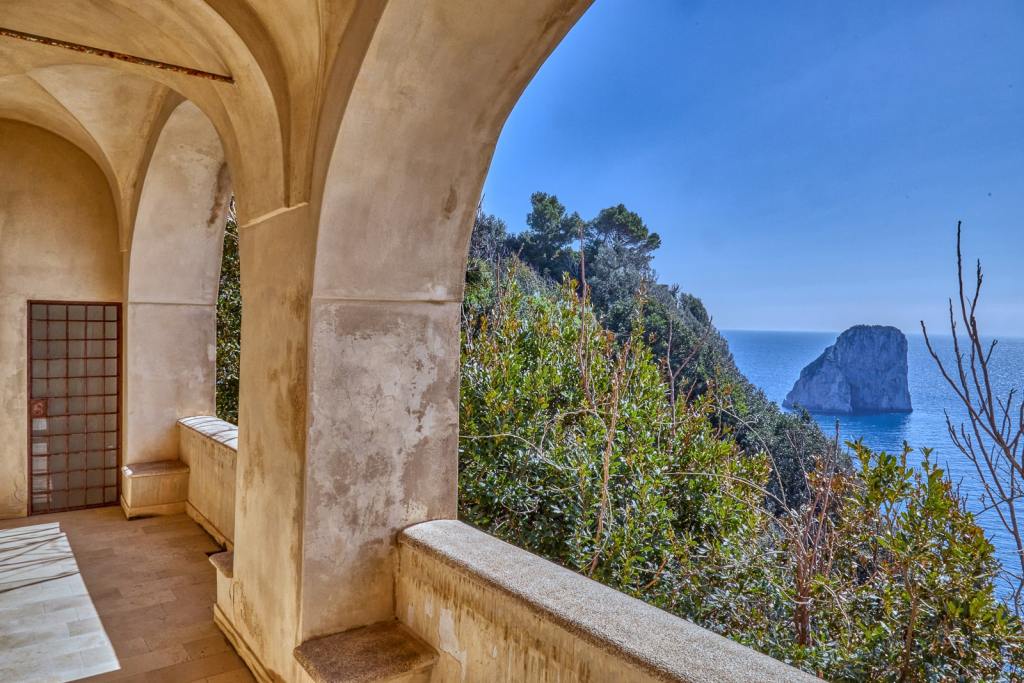
Certosa di San Giacomo
Capri, Italy
This tiny island is located just off the coast of Naples—and it’s home to a larger-than-life stone monastery.
From the outside looking in, the Certosa di San Giacomo looks like a castle sitting atop a hill. But this former monastery is now a museum and event space—one that’s hugely popular for couples around Europe.
The monastery dates back to the 1300s when the first charterhouse was built. Over the centuries, it expanded. Much of the later constructions were during the Renaissance, which you’ll notice in the arched colonnades and porticos that overlook the island.
Just like Bled Castle, there’s a lovely chapel located inside and plenty of painted frescoes on the walls and ceilings.

Four Season Resort (The Ocean Club)
The Bahamas
The Four Seasons luxury five-star Ocean Club resort is fit for hosting weddings, renewals, graduation parties—absolutely anything.
I can’t gush about this venue enough. The grounds are dotted with stone columns and sculptures, which are a bit weathered at this point. With a backdrop of lush palms and greenery, the name of Versailles Gardens feels spot-on.
The rest of the grounds, on the other hand, are pretty standard luxury resort offerings. It’s a great spot for couples’ vacations, family gatherings, weddings, and plenty more.
In fact, the Ocean Club is no stranger to hosting weddings, meaning you can easily pay for one of its packages for a more seamless planning experience.
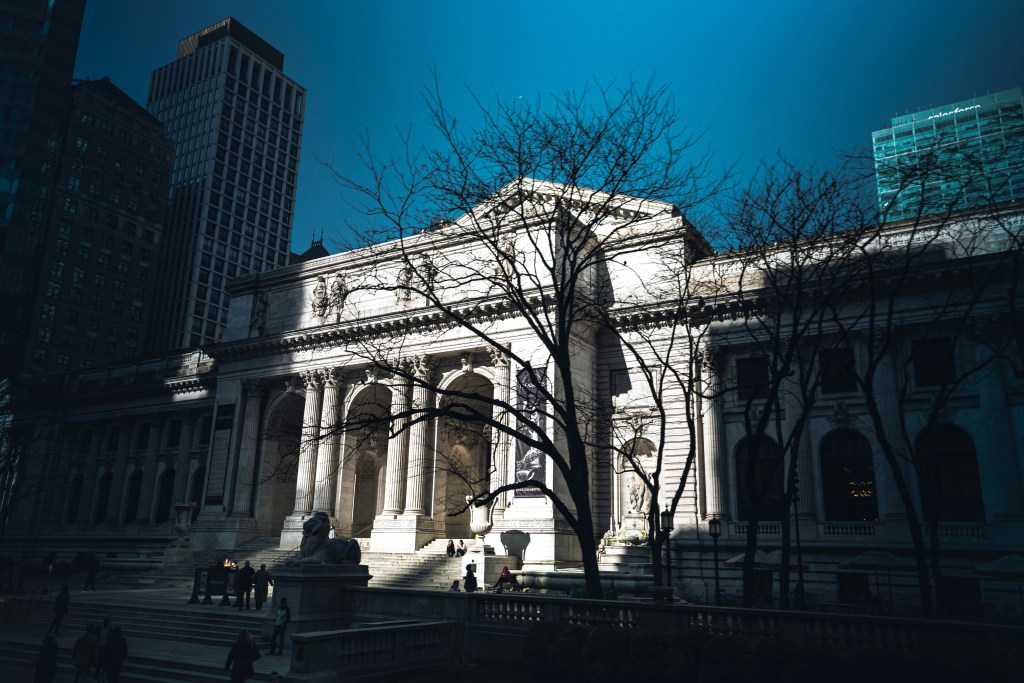
New York City Public Library
New York, USA
This venue definitely shocked me. Despite living in the city for five years, I hadn’t realized its public library was a worthy wedding venue.
That being said, it’s not hard to imagine. The building is massive and grand, while also being subtle and elegant. Inside waits a vast marble lobby with towering ceilings, some with frescoes—a solid place for a wedding.
Compared to the other venues on this list, the New York City Public Library can also host more people. The venue can fit up to 275 guests. And they’ll be able to wander through multiple rooms during the ceremony and reception.
But keep in mind this isn’t a place for a private rental. It’s a public library, which means literally anyone can crash the wedding.

Carlowrie Castle
Edinburgh, Scotland
This ivy-covered castle is the stuff of fairytales. Though the castle was built in the mid-1800s, its Gothic revival style has a medieval air.
That means you get the best of both worlds, as the castle now has all the modern amenities that wedding-goers need. You’ll be able to wander through the grand rooms, explore 32-acres worth of gardens and forest, and even stay the night in one of the opulent upstairs rooms.
But keep in mind that the interior doesn’t reflect an old-fashioned or stately history. It’s all modern—which removes a lot of the hype for me. Still, the castle and grounds are absolutely worth fawning over.



